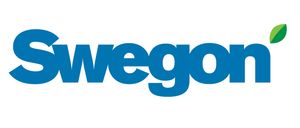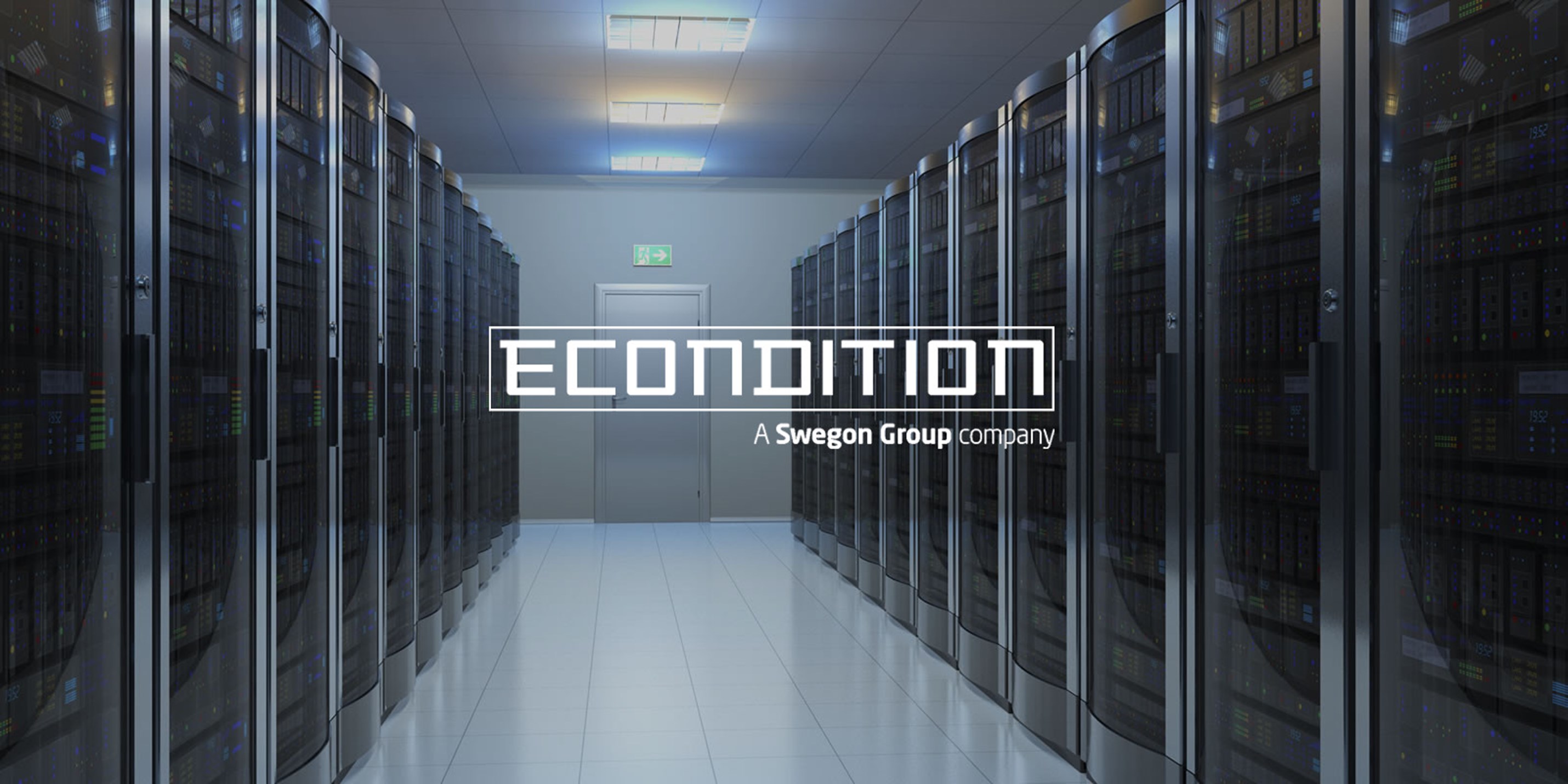

Choose high-precision cooling system
It is important to keep in mind that only 30% of energy consumption in data centers can be attributed to IT equipment and storage media. The rest is used to power other systems, such as UPS systems, lighting, humidification / dehumidification, CRAC units (air conditioners for computer rooms), systems for power distribution, and last but not least, cooling systems. If you realize that a whopping 33% of the energy consumed in data centers is used for cooling, it becomes clear how important efficient, high-precision cooling systems are.
Use the energy advantage of free cooling!
In large parts of Europe, so-called free cooling can be used for cooling. H. cool outside air, which is used to cool the air inside the building. A distinction is made between direct and indirect free cooling. In the case of direct free cooling, outside air is used to cool the warm air emitted by the IT equipment, a method that is suitable for centers with high air turnover. The process is efficient, but has the disadvantage that air quality and humidity are less easy to control. With indirect free cooling, outside air is used to cool a heat transfer medium, which is then used to cool the IT equipment. This means that air quality and humidity can be optimally controlled, and the method also offers more security. However, it is less efficient because the two temperature jumps in the transmission medium lead to energy losses.
Energy consumption in data centers can be reduced by up to 40%
Technically speaking, indirect free cooling can be used in two ways. For large data centers, external cooling with free cooling of the cooling water is recommended, a versatile, highly efficient solution that enables an annual reduction in energy consumption of 30–40%. By using electronically commutated fan motors (EC fans), this maximization of energy efficiency is also possible with partial loads.
In smaller data centers and when it is difficult to set up large external cooling units, systems with direct expansion of the cooling water are used instead. This minimizes compressor use and lowers operating costs.
Improved fan control for optimized efficiency
EC VentiLators are the leading technology in the area of data center ventilation. The brushless fans are electronically commutated and have three-dimensional fan blades made of composite material. As a result, they are characterized by quiet operation and low energy consumption, and they also impress with self-adaptation to changing heat loads, air volume flows and static pressure.
Thanks to automatic fan optimization, only as much air is distributed as is required to cool the IT equipment. If the data center is only half full, this is compensated for by perforated floor plates. The air volume is then adjusted and the speed of the air volume flow is reduced.
Partial loads require intelligent compressor solutions!
Using variable speed compressors increases efficiency at part loads. This allows the temperature and humidity to be set more precisely. It is also possible to use standby compressors (which are otherwise in stand-by mode) to complement the main compressor operation and reduce overall energy consumption.
The cooling units have also been redesigned to improve their efficiency so that they can also handle partial loads. The inverter technology for compressors contributed to this. In residential properties and simpler commercial applications, scroll or rotating compressors are used, which are driven by DC inverters. Systems with higher energy consumption use double screw compressors with an integrated AC inverter.
Hybrid systems for more freedom of choice
With multi-compressor units, there is a choice between hybrids in which conventional compressors are used in parallel with compressors with an inverter drive, or models that only work on the basis of compressors with an inverter drive. In this way, the customer receives a good mix of energy efficiency and costs, depending on the application. The combination of inverter and screw or scroll compressor offers maximum efficiency, while the operating limits correspond to those of conventional units.
Reliability in data centers is the be-all and end-all
A data center stands and falls with uninterrupted, continuous operation around the clock. The requirements for the reliability and quality of the components are high, and at the same time system redundancy is required: If a component fails, this must not affect the overall operation of the system. The larger the data center, the higher the requirements: Fault tolerance, maintenance of operation in the event of a power failure, double feeds and double, independent circuits are important parameters here. The aim is to reduce downtimes to an absolute minimum. A breakdown should never last longer than 10 minutes, regardless of whether the fault is due to an accident or the human factor.
State-of-the-art control functions for higher redundance, optimized thermal loads and easy free cooling
In order to be able to optimally monitor and control the system, important system components must be able to communicate and interact with one another. If you control the local network via an integrated website, the monitoring for the manager of the data center is simplified. The system status must also be easily monitored, for example using a conventional PC tablet.
Optimal cooling water control
Optimal control and monitoring are particularly important when it comes to throughput and the temperature of the cooling water. By setting up the system so that the cooling water is at a higher temperature when the load is low, the efficiency is increased, and with increased use of free cooling, the operating time of the compressors can be shortened. Accordingly, you should be able to lower the cooling water temperature if less humidity is needed, since the humidity can be reduced better and faster in this way.
Powerful, compact cooling systems for server rooms
The ideal solution for server rooms are units with direct expansion, outsourced capacitors with vertical throughput and air distribution directly in the server room. This means that various installation requirements can be met without sacrificing system reliability and efficiency. At the same time, the customer can easily get an efficient solution tailored to their individual needs.
Integrated solutions for small data centers offer a high kW / m2 rate with minimal floor space
Even small data centers sometimes need a high energy density - namely when they use blade servers. Blade cooling units that effectively remove large amounts of heat are recommended here. The fact that this solution does not require raised floors for air distribution has a positive effect on the installation costs.
Energy-efficient solutions tailored to the needs of medium-sized data centers
If continuous operation must be ensured on all days of the year, the combination of water-cooled indoor air-conditioning systems and free-cooling devices is the obvious choice - the most energy-efficient solution on the market. It is not uncommon to use itRaised floor constructions with air flows and rack solutions in warm or cold air corridors, which enables maximum energy use, optimal operation and a high kW / m 2 rate.
In systems with very large amounts of heat, large air-cooled cooling units with an inverter are often the first choice.
Large, modern data centers require state-of-the-art cooling systems with high efficiency and performance, such as air conditioning systems with a mixed air fan. The units should have separate fan sections and be designed for raised floor installation, with strict control of the pressure in the raised floor.
Modular devices and the use of free cooling are decisive factors for safe operation and low costs. The fact that many data centers have recently settled in our home in Northern Europe is because access to free cooling is guaranteed for a large part of the year; there is also a secure power supply at competitive prices. In some locations, the power is supplied by two or more independent local hydropower plants, which ensures unbeatable security of power supply.
 unterkategorie
unterkategorie Seller news
Seller news